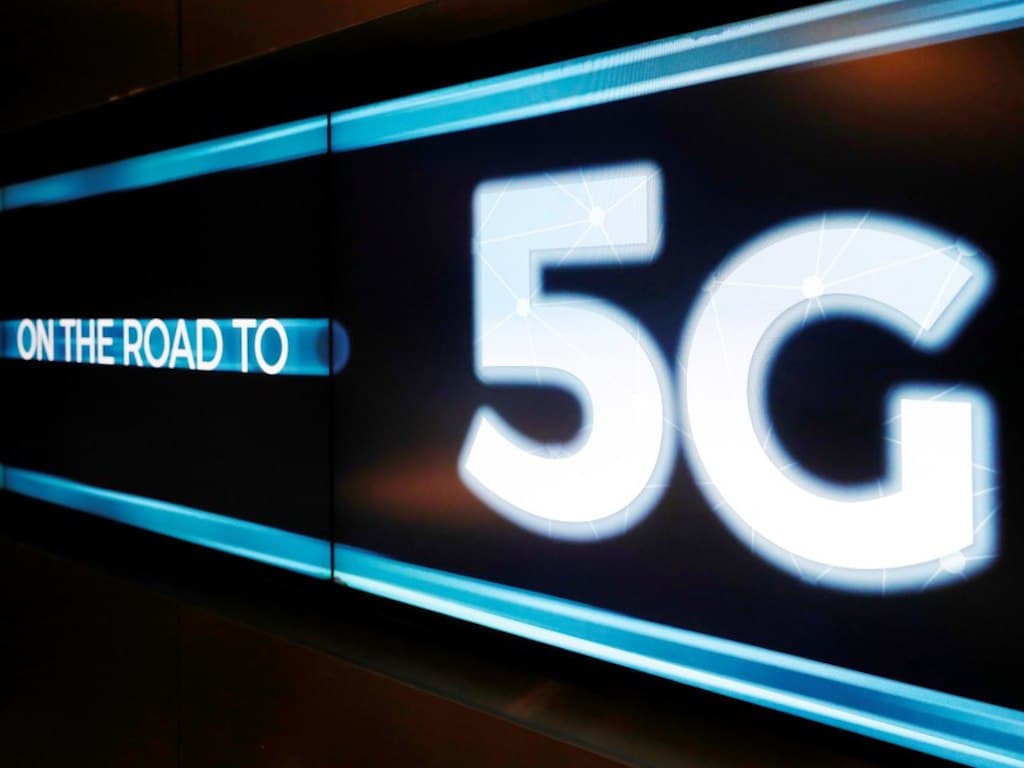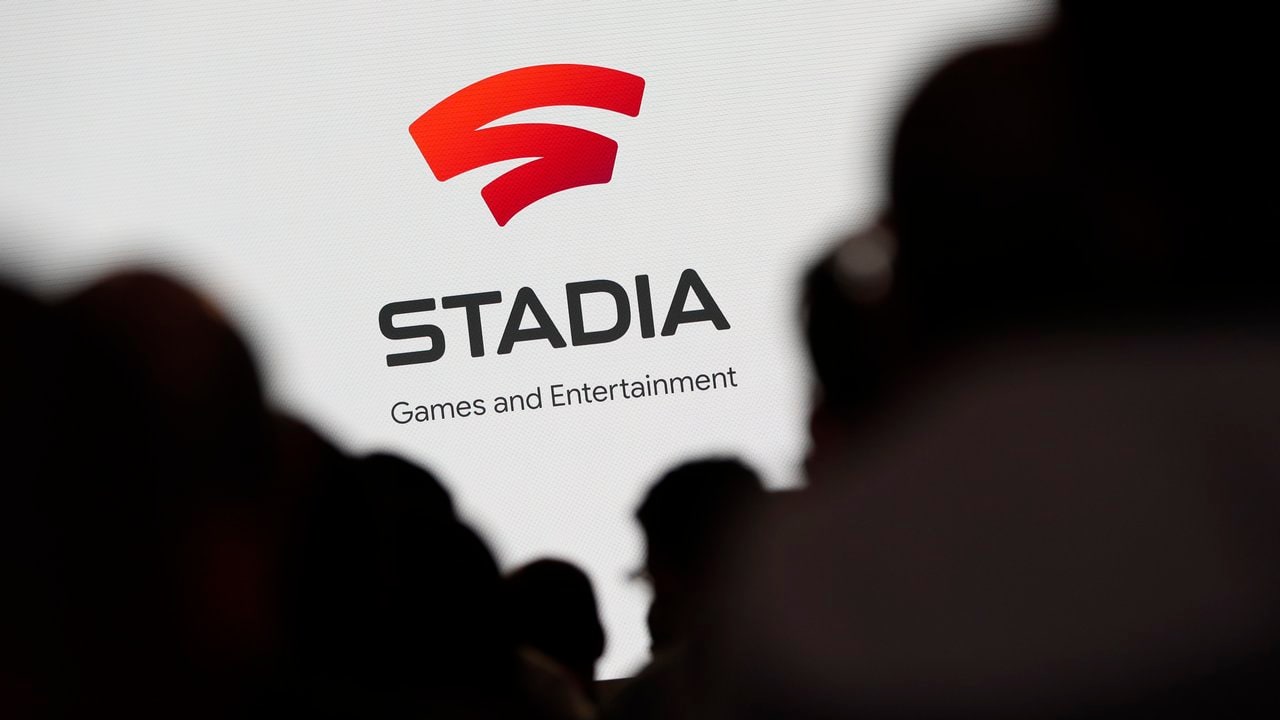Nimish SawantNov 07, 2019 11:08:00 IST
One of the most popular services used in India to test internet speeds of your broadband or mobile connections is Speedtest. The parent company which runs Speedtest is Ookla, which is based in Seattle, US. With over 9,000 global testing servers and over 10 million consumer-initiated speeds tests taken daily, Ookla has little competition outside the US.
Ookla also comes out with quarterly reports on internet performance across Indian telecom and broadband operators. The company went on an acquisition spree last year with products such as DownDetector (which provides real-time insights about service availability), Ekahau (providing insights into enterprise wireless network design and planning) and Mosaik (looking into geospatial network intelligence).
We spoke to Ookla’s co-founder and general manager, Doug Suttles, to know more about the trends in the Indian internet scene, how 5G adoption will play out, its tiff with TRAI and much more.
Edited excerpts from the phone interaction follow:

Doug Suttles, Co-founder and general manager, Ookla
tech2: Could you give us a larger picture of Ookla’s India operations? Speedtest is a very popular application being used by a lot of consumers in India, but could you tell us what Ookla does apart from the Speedtest app here?
Doug Suttles: We do the same thing all over the world with Speedtest. We operate in pretty much every country around the world and the consumer is the foundation of the business. You know, it is consumers and the crowd that are actively using our products that feed the data in. There is an advertising component of the business, sure, but the actual business is based on analytics and insights. We take all of these feedbacks, other network-related tests that go on at the same time and produce network insights in real-time.
We use the competitive insights in the telecom industry, who are our primary clients who subscribe to an intelligent dashboard where they see all network-related information in real-time. That is the core of the business. Every carrier in India is a customer of ours, and I’d say the same for the rest of the world.
tech2: On the topic of Speedtest, could you tell me what happens from the moment I hit that speed test button to the final results? Could you run me through the process in the backend?
Doug Suttles: Sure, I’ll do my best here. The first thing that happens is that we recognise your location and give you a potential server that is ideal for testing. We then do a latency network test of all the servers that could be used and identify the one that has the lowest latency. We identify the best server for the network. Then we start the test in segments, as you have seen on your screen, the download test happens first, then the upload test and so on. Our download test is a bit more advanced than most. We call it dynamic shredding, where random data that is generated from the server-side is trimmed down to these shreds, these connections. It is more of a quality of service measurement. We want to measure what we call the maximum sustained throughput and that’s different than downloading a file. The same process repeats in the other direction with upload speeds. We also have our latency test, where we ping a server many times, to identify the link between you and the server. We are measuring your connection to the internet, we are not measuring the internet in itself. We don’t show it to the user but the collected data is very analytical. Then we collect what is network meta-data — what cell tower you are connected to, what are your surrounding networks look like. So we try and identify as much as we can through our tool.
tech2: Are the test process different for wired and wireless connections? Is it different for testing speed for the mobile phone on connection?
Doug Suttles: On principle, the testing method is identical whether you are using fixed broadband on your computer or the desktop apps or the web. The engine and the test methodology is the same. We do that on purpose because we want to make sure we can compare the global connections. There are some limitations on the web, some limitation on the web browser, to identify if the network is from a fixed connection or wireless network. But if you install our desktop application for Windows or Mac, there we actually differentiate between the different kinds of Wi-Fi, so those tests are very important to use from a fixed broadband perspective.

Speedtest is one of the most popular applications from Ookla. Image: Ookla
tech2: You may have noticed that in India, in the last couple of years, internet mobile data consumption has increased by a significant magnitude. So can you tell me the key things you are seeing with the use of Speedtest in India in the last few years that stand out as compared to other markets?
Doug Suttles: Things have improved in India, that’s for sure. So has the rest of the world. Because of the demography in India, how quickly the 4G came about, what I would describe for India is that there was a lot of money that was spent to build a lot of networks fast, and it’s taking time to stabilise after what happened. It’s a very new thing, it’s really one of the first times I’ve ever seen this happen where 4G networks were built at a massive scale and services were provided for free for a long time. It has totally shaken up the industry and disrupted the pricing. Things need to stabilise now.
tech2: You have now acquired the Mosaik, DownDetector and Ekahau. How does that fit into Ookla’s larger goals?
Doug Suttles: I’ll go back here. Ekahau, after we acquired it, we decided to run it as a separate business. It is still under its parent company and we are not running it at Ookla. It’s a unique business in the broadband space, but it’s not core to Ookla.
DownDetector, business-wise, is very similar to the Speedtest, consumers go there to report outages all over the world. A few months ago when there was a Facebook outage, we had around 8 million people come to DownDetector to report it. Those statistics are so unique in real-time that we know about outages before anyone else. You can’t do that synthetically. You can’t be measuring services to see the outage. So DownDetector is a great tool for entities who want a first-line detection about the uptime/downtime/outages their customers may be experiencing. Mosaik is a bit of a different play, with Speedtest the ideal place to assess not just performance but network coverage as well.
Mosaik is pretty much the standard in the United States for reported coverage using cell towers to propagate maps and paint the picture of where can I get the coverage from each carrier. We’re bringing Speedtest data into the Mosaik platforms, to then show the actual measured coverage. We can blend the two together as there is no way to measure coverage everywhere. There are places in the world where coverage is dismal and there are very few people. Our goal is to put the two together, so we can look at reported coverage and propagation models. The end goal is to be as much of a coverage insights company as we are a performance insights company.
tech2: Does DownDetector rely a lot on crowdsourced data?
Doug Suttles: It’s a blend of data sources. We will have data flowing in from Speedtest now and also monitor things such as social media. But the largest source and one that is most reliable is still the people coming to DownDetector to report an outage. It’s like Speedtest with so many users doing that, it’s almost instant. When a user comes to report an outage, we know where the user is from, therefore we know where the outage is.

Representational Image: Credit: Reuters
tech2: Do you think with the consumer 5G coming next year onwards, you will have to undergo major changes in testing processes?
Doug Suttles: I am sceptical about how quickly 5G will be truly present in India. In a way, it is smart to wait and see what happens in all these other countries who try and do it right, because 5G is such a broad thing. Infrastructure would be different here, and as I was saying earlier, the Indian market needs to stabilise and recover the massive capital spending done with the 4G infrastructure spend. Even in the US, we have pockets of 5G, but it’ll be years before it’s truly present everywhere. If you would see networks such as Jio when it was on trial run, it was so fast, faster than anyone. But when they started giving it away for free, it became slower because the capacity was not there to handle that volume. It’s hard to run a network at scale when you have that many consumers. So 5G is going to be even more complicated. It will be having higher speeds and lower latency. The Indian market is unique. Jio is a disruptor so I’m curious to see what will happen over the next couple of years.
tech2: In India, the Telecom Regulatory Authority has its own Speedtest alternative. So how do you ensure that your testing methodology doesn’t create any kind of conflict with the national regulatory authority? There was an issue in the past where Ookla was accused of supporting specific telecom operators.
Doug Suttles: We work with TRAI, I have met them in person many times.
The truth is, it is hard for a regulator to do this.
They don’t have the manpower, they don’t have the resources. I think they have a couple of test locations in India while we have hundreds. Couple that with the fact that we do this all over the world, we have close to ten thousand test servers around the world. We have been doing this for 15+ years now and all we do is measure it. We know carriers etc., who are trying to game the system and there are all sorts of things in place to prevent that. We have a large data science team and a large data processing platform, we know everything there is to watch out for. We are always surprised when something new comes but we are always watching for that to happen. I think it is a hard task for a regulator to do these things. I trust our numbers fully. What we’ve seen in the TRAI test and in their data, between infrastructure methodology and more importantly data methodology, there is a difference. If someone takes a thousand tests on one phone, we count that as one test. Else, someone will skew the numbers and that will not happen on our platform. We combine this with all other anti-gaming practices so our numbers are accurate.
tech2: What are your future plans for India as a company?
Doug Suttles: Speedtest is popular globally as well as in India, so we would be leveraging it even more here. There’s been a lot of things we could do with that platform that goes beyond just performance measurement, it goes beyond coverage measurement. The big thing we are shifting to is consumer sentiment, audience opinions. On our platform, for instance, after you are done taking the speed test, we ask questions such as would you recommend this service or operator to a friend? Most of our competitors in the space, don’t have an actual consumer base, they hide inside of other apps. We are actually asking our users questions. If we know how fast your connection is, we know how the performance and coverage is in your area, we are taking what user really thinks and combining these two together. That will be a big part of our near term future.

Spectators look on during a Google keynote address announcing a new video gaming streaming service named Stadia that attempts to capitalize on the company’s cloud technology and global network of data centers, at the Gaming Developers Conference in San Francisco, California, U.S., March 19, 2019. REUTERS/Stephen Lam – HP1EF3J1G72EW
tech2: We have been hearing a lot about cloud-gaming. Now even Google has entered this space with Stadia. Given the trends in India, do you see cloud-gaming catching up anytime soon in India given that it requires a minimum of 10 Mbps connection?
Doug Suttles: I think it will take time. As a former gamer myself, 100-millisecond latency is tough. A true gaming experience requires a stable connection. You can go higher in speed requirements if it is stable, but connection stability is going to be key. Google Stadia and other cloud-gaming offerings have a great experience and you will need sub-10 ms latency. There’s another piece to it, called edge computing, that gaming infrastructure has to be as close to the other side of the internet as possible. I don’t think they’ll be ready to go there soon. So I’m sceptical of it again, but it’ll happen. 5G connection and fibre connection is a reality and it’ll take time in India but it’ll happen.
Special Thursday Expiry on 10th 7th Nov
Early Closure to The Great Diwali Discount
Last Chance to get Moneycontrol Pro for a year @ Rs. 289/- only
Coupon code: DIWALI.
Post a Comment